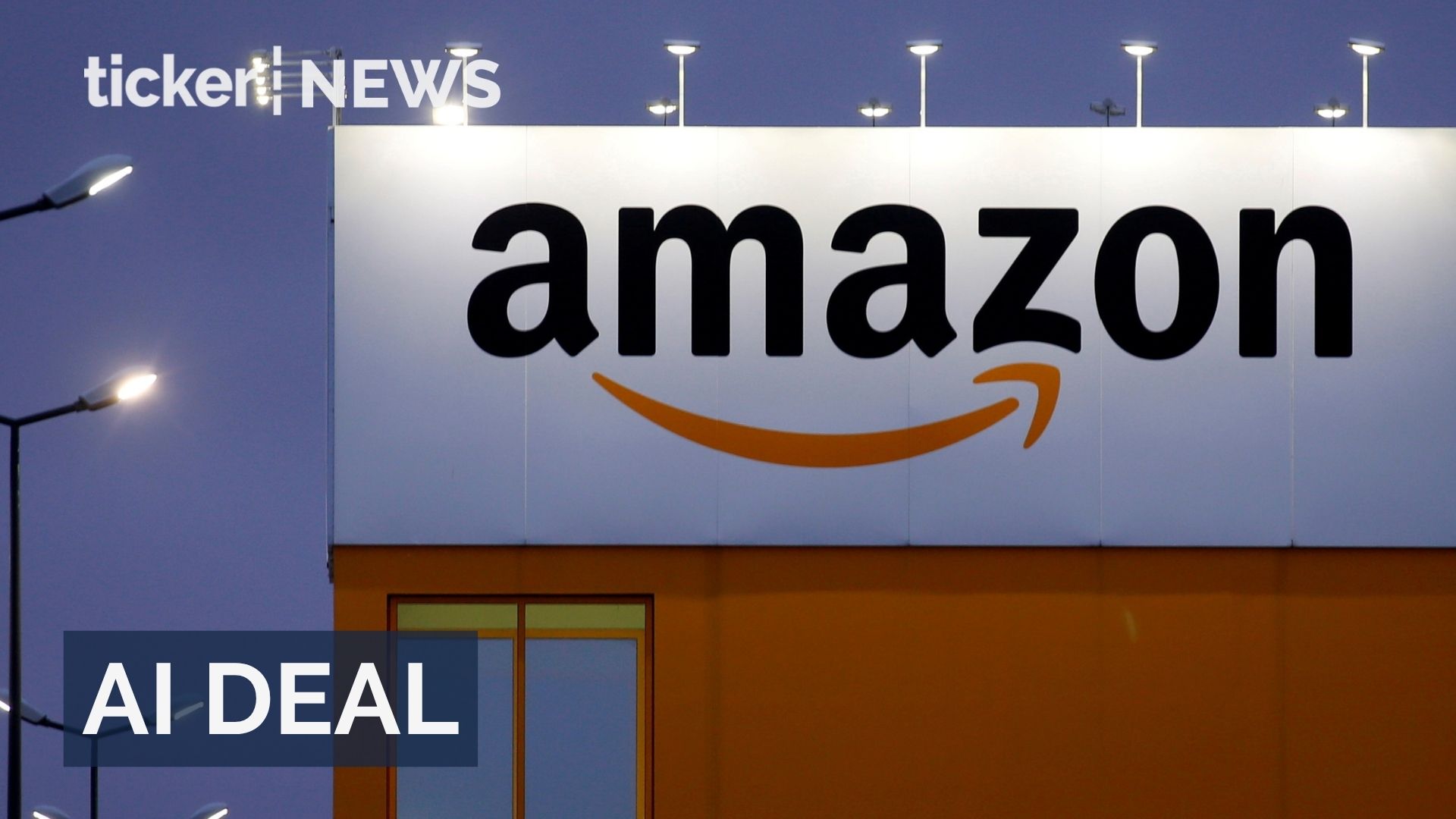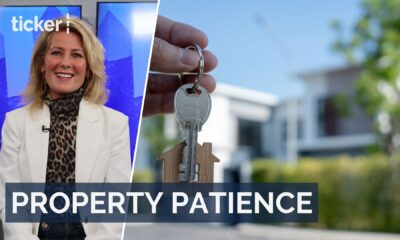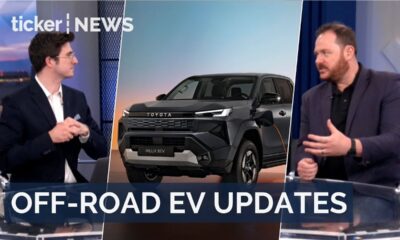Alexia Maddox, La Trobe University; Luke Heemsbergen, Deakin University, and My Le, Deakin University
Australia’s move to ban under-16s from social media is receiving widespread praise. Other countries, including the United Kingdom, Ireland, Singapore and Japan, are also now reportedly considering similar moves.
The ban was legislated in November 2024 and is due to take effect in December 2025. The law says social media platforms can’t use official IDs such as passports to check Australian users’ ages, and shouldn’t track Australians. But it doesn’t specify the alternative.
To test alternative methods, the federal government commissioned a trial of currently available technologies designed to “assure” people’s age online. Run by the Age Check Certification Scheme, a UK-based company specialising in testing and certifying identity verification systems, the trial is in its final stages. Results are expected at the end of June.
So what are the technologies being trialled? Are they likely to work? And how might they – and the social media ban itself – alter the relationship all of us have with our dominant forms of digital communication?
Dead ends for age verification
Age verification confirms a person’s exact age using verified sources such as government-issued IDs. Age assurance is a broader term. It can include estimation techniques such as analysing faces or metadata to determine if users meet age requirements.
In 2023 the federal government rejected mandating verification technologies for age-gating pornography sites. It found them “immature” with significant limitations. For example, database checks were costly and credit card verification could be easily worked around by minors.
Nonprofit organisation Digital Rights Watch also pointed out that such systems were easily bypassed using virtual private networks – or VPNs. These are simple tools that hide a user’s location to make it seem like they are from a different country.
Age assurance technologies bring different problems.
For example, the latest US National Academies of Sciences report shows that facial recognition systems frequently misidentify children because their facial features are still developing.
Improving these systems would require massive collections of children’s facial images. But international human rights law protects children’s privacy, making such data collection both legally and ethically problematic.
Flawed testing of innovative tech?
The age assurance technology trial currently includes 53 vendors hoping to win a contract for new innovative solutions.
A range of technology is being trialled. It includes facial recognition offering “selfie-based age checks” and hand movement recognition technologies that claim to calculate age ranges. It also includes bespoke block chains to store sensitive data on.
There are internal tensions about the trial’s design choices. These tensions centre on a lack of focus on ways to circumvent the technology, privacy implications, and verification of vendors’ efficacy claims.
While testing innovation is good, the majority of companies and startups such as IDVerse, AgeCheck, and Yoti in the trial, will likely not hold clout over the major tech platforms in focus (Meta, Google and Snap).
This divide reveals a fundamental problem: the companies building the checking tools aren’t the ones who must use them in the platforms targeted by the law. When tech giants don’t actively participate in developing solutions, they’re more likely to resist implementing them later.
nitpicker/Shutterstock
Unresponsive tech companies
Some major tech companies have shown little interest in engaging with the trial. For example, minutes from the trial’s March advisory board meeting reveal Apple “has been unresponsive, despite multiple outreach attempts”.
Apple has recently outlined a tool to transmit a declared age range to developers on request. Apple suggests iOS will default the age assurance on Apple devices to under 13 for kids’ accounts. This makes it the responsibility of parents to modify age, the responsibility of developers to recognise age, and the responsibility of governments to legislate when and what to do with an assured age per market.
Google’s recent Google Wallet proposal for age assurance also misses the mark on privacy concerns and usefulness.
The proposal would require people over 16 to upload government-issued IDs and link them to a Google account. It would also require people trust Google not track where they go across the internet, via a privacy-preserving technology that remains a promise.
Crucially, Meta’s social media platforms such as Facebook and Instagram also do not let you login with Google credentials. After all, they are competitors. This raises questions about the usefulness of Google’s proposal to assure age across social media platforms as part of the government’s under-16s ban.
Meanwhile, Google is also suggesting AI chatbots should be directly targeted and available to children under 13, creating something akin to a “social network of one”, which are out of scope of the ban.
Rather than engage with Australian age verification systems, companies such as Apple and Google are promoting their own solutions which seem to prioritise keeping or adding users to their services, or passing responsibility elsewhere.
For the targeted platforms that enable online social interactions, delay in engagement fits a broader pattern. For example, in January 2025, Mark Zuckerberg indicated Meta would push back more aggressively against international regulations that threaten its business model.
A shift in internet regulation
Australia’s approach to banning under-16s from using social media marks a significant shift in internet regulation. Rather than age-gating specific content such as porn or gambling, Australia is now targeting basic communication infrastructure – which is what social media have become.
It centres the problem on children being children, rather than on social media business models.
The result is limiting childrens’ digital rights with experimental technologies while doing little to address the source of perceived harm for all of us. It prioritises protection without considering children’s rights to access information and express themselves. This risks leaving the most vulnerable children being cut off from digital spaces essential to their success.
Australia’s approach puts paternal politics ahead of technical and social reality. As we get closer to the ban taking effect, we’ll see how this approach to regulate social communication platforms offers young people respite from the platforms their parents fear – yet continue to use everyday for their own basic communication needs.
Alexia Maddox, Senior Lecturer in Pedagogy and Education Futures, La Trobe University; Luke Heemsbergen, Senior Lecturer in Communication, Deakin University, and My Le, Graduate Researcher, School of Communication and Creative Arts, Deakin University
This article is republished from The Conversation under a Creative Commons license. Read the original article.



























